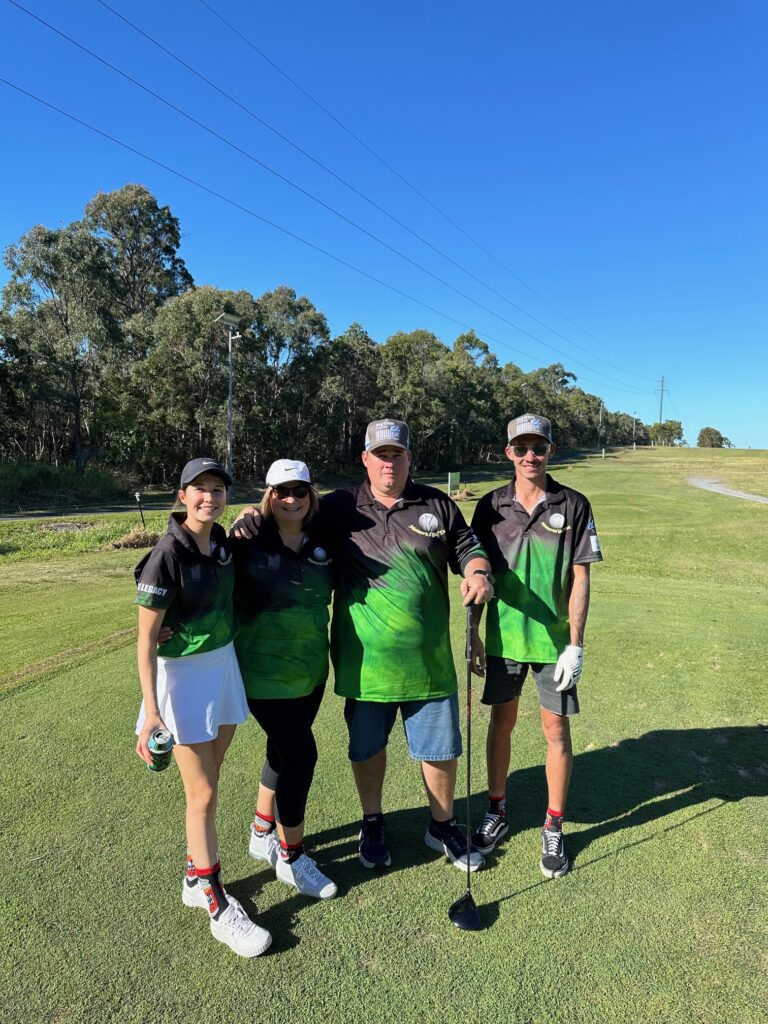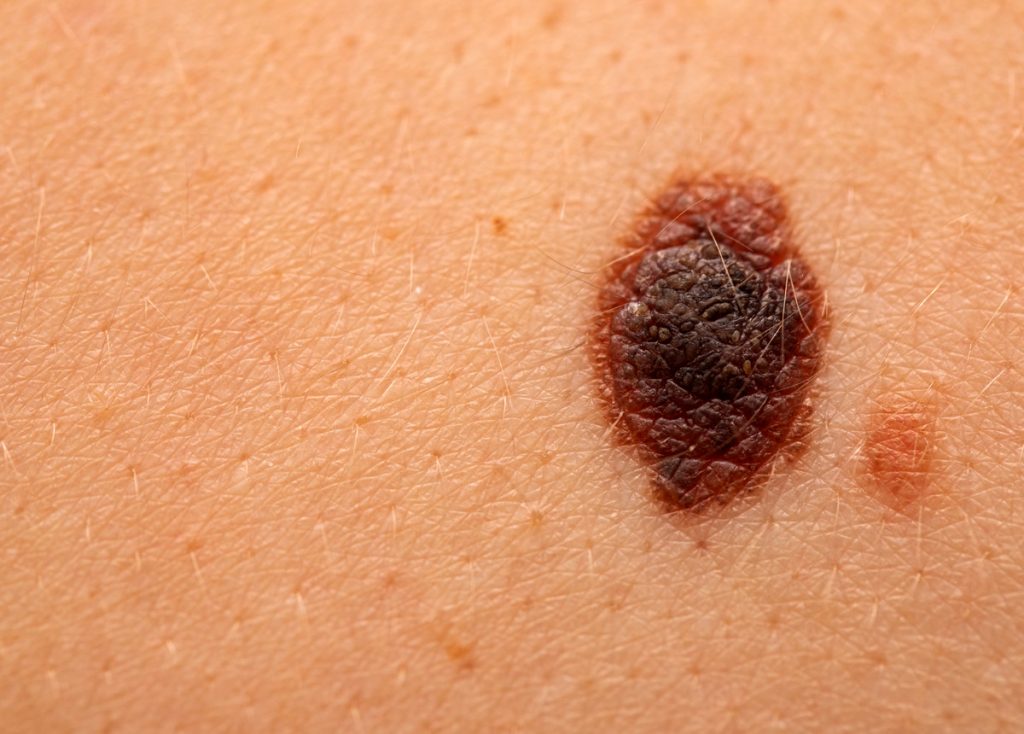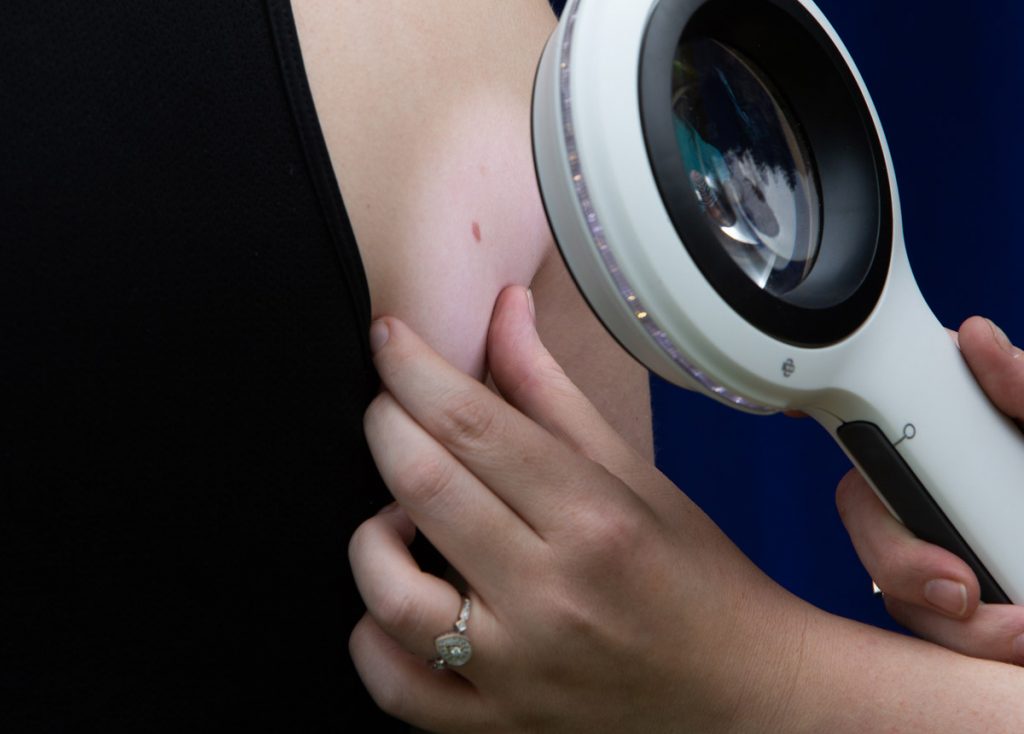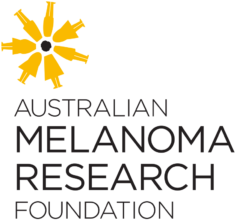Welcome to the Australian Melanoma Research Foundation website.
We are a not-for-profit charity established in Adelaide in 2006 to provide funding for research, awareness and early detection programs.
We support young scientists and postgraduate students across Australia, in advancing their careers researching melanoma.
Scroll down for more information about our current fundraising activities, contact us with your melanoma story or become a part of our wonderful Melanoma Community.
Winter is here! Please make sure you’re protected even in the cooler months, the sun is there and that means there are UV rays, though their intensity may vary. Check the UV index in your location.
As always, please remember to have a regular skin check by a professional and keep an eye out for any spots or freckles that may change. Click here to download our Skin Check Sheet to help you know what to look for. Don’t forget to also book a regular eye check with your optometrist.






NOTICE: Our business Facebook page has been hacked! We are in the process of reactivating it. Sorry for any inconvenience.
MGA Whittles Community Foundation Golf Day
The MGA Whittles Community Foundation recently hosted their annual Golf Day to raise funds for the AMRF. Click here for the video and photos.
LATEST NEWS
Major new documentary – Conquering Skin Cancer
Download the AMRF
Case for Support
Vaccine boost for
skin cancer
Make a donation this tax time to support life saving melanoma research
Make your tax deductible charitable donation before June 30
Thank you.
2025 AMRF Research Grants
The Expressions of Interest for 2025 have now closed and the evaluation is in process.
We will announce our 2025 AMRF Research Grant Recipients soon.
Our 2024 AMRF Research Grant Recipients

Dr Jessamy Tiffen
Postgraduate Scholar Grant
University of Sydney NSW

Nigel Maher
Postgraduate Scholar Grant
University of Sydney NSW

Lewis Newland
Postgraduate Scholar Grant
University of Melbourne, VIC

Dr Carly Whyte
Early Career Researcher Grant
University of South Australia, SA

Vivian Chua
Early Career Researcher Grant
Edith Cowan University, Perth, WA
Current fundraisers
Go to our Fundraising page for more about these and our previous fundraisers.

Lyell Duffy Memorial Golf Day 2025
Coming up in July is the Lyell Duffy Memorial Golf Day in Yeppoon, QLD. The event is now in its 11th year, which is a fantastic effort from Lyell’s

2025 Nike Melbourne Marathon
The 2025 Nike Melbourne Marathon Festival will be held on Sunday 12 October. Join in and make a difference by fundraising for melanoma research. Here’s the link for all the

Airyday Tube Key
We are thrilled to be partnering with Airyday and with each purchase of a Tube Key a donation will be made to us for melanoma research. Check out their website
Partnerships
Find out more about the companies we’re teaming up with.
Did you know...
MELANOMA
IN AUSTRALIA
EVERY SINGLE
YEAR
MELANOMA
ARE DIAGNOSED
EVERY YEAR
IN AUSTRALIA
OF MELANOMA CASES
CAN BE SUCCESSFULLY
TREATED IF
DETECTED EARLY
CANCER DEATHS
IN AUSTRALIA
ARE FROM
MELANOMA
Fast Facts
Did you know in Australia, 1 person dies from melanoma every 6 hours.
Melanoma is often referred to as ‘Australia’s National Cancer’. AMRF aims to reduce and prevent the incidence of melanoma in Australia.

What is melanoma?
Melanoma is the most severe type of skin cancer. It begins in skin cells called melanocytes. Melanocytes are the cells that make melanin, which gives the skin its colour.

What to look for
It is very important to check your skin regularly in order to detect any changes in the SIZE, COLOUR or SHAPE of a mole or skin lesion.

Am I at risk?
Yes. In fact, everyone is at risk, as we are all exposed to the sun. Due to variations in skin types, some people are more at risk than others.

Prevention
Your exposure to ultra violet (UV) light from the sun is one of the major risk factors for melanoma that you can control.

How you can help
Here are some ways you can participate with us:
- Host a fundraiser
- Volunteer and become part of our life changing work
- Become a regular donor
- Leave a gift in your will
SunSmart Global UV app
Our senses can’t detect the sun’s harmful UV rays, so it’s important to check the daily sun protection times for your location each day on the Cancer Council’s SunSmart Global UV app. The app lets you know when you do and don’t need sun protection, making it easier than ever to be smart about your sun exposure all year.

